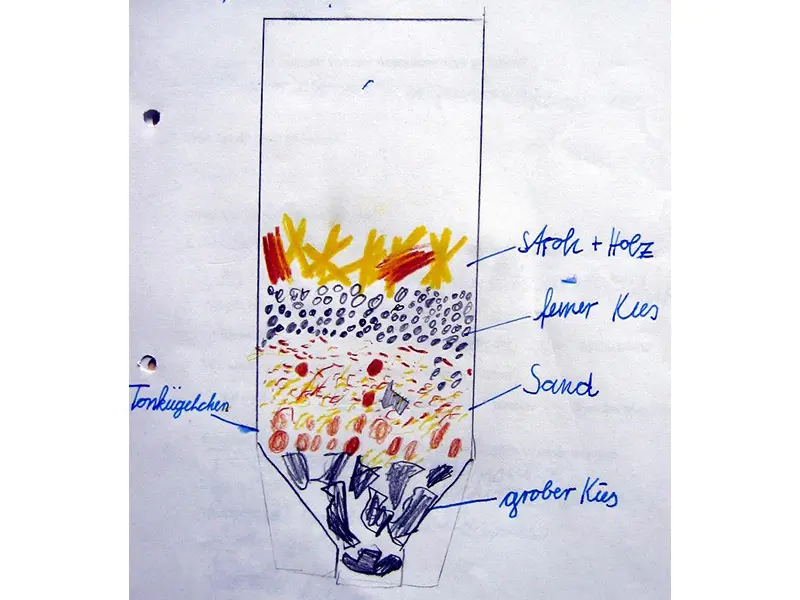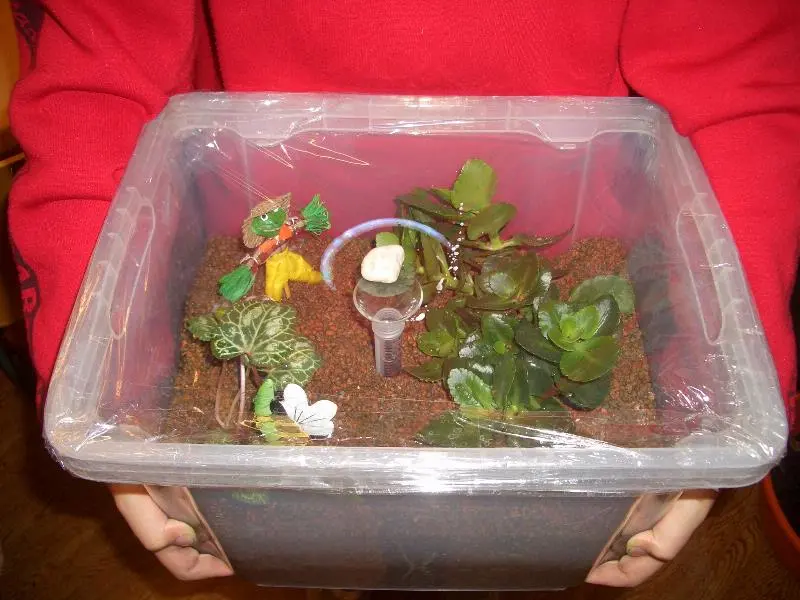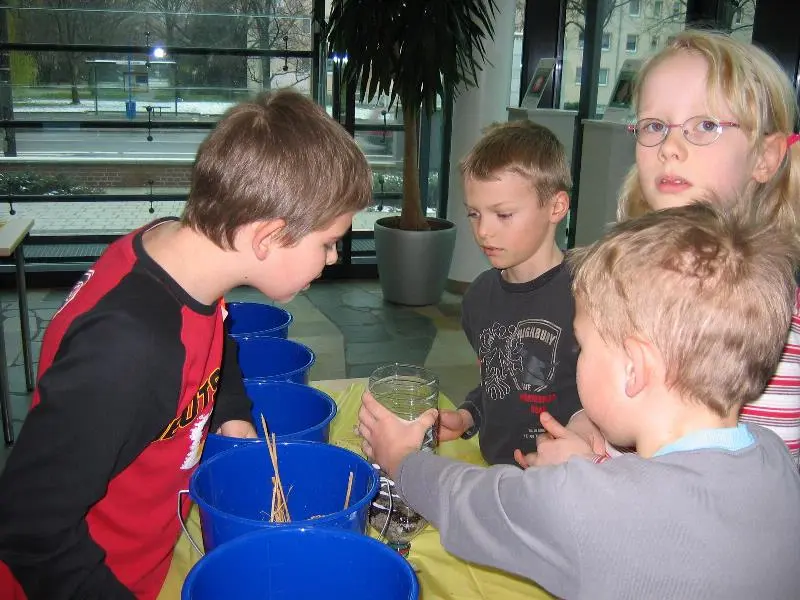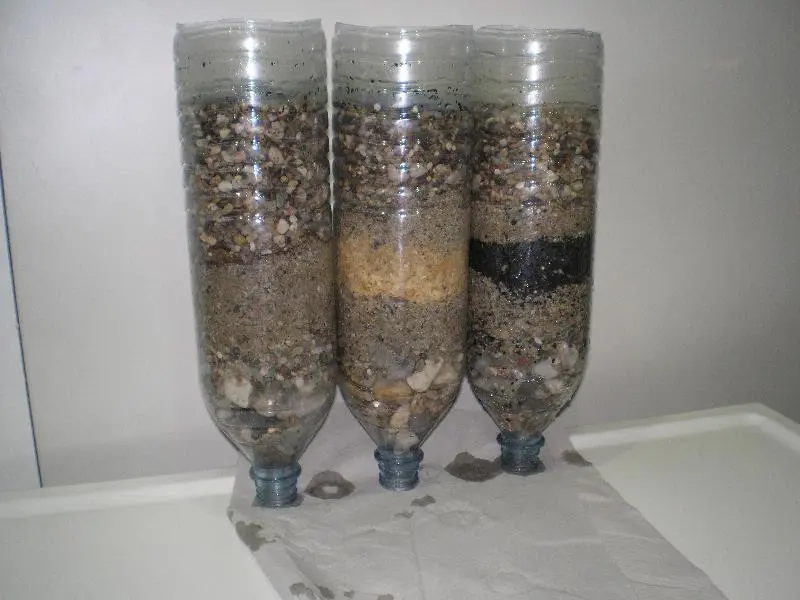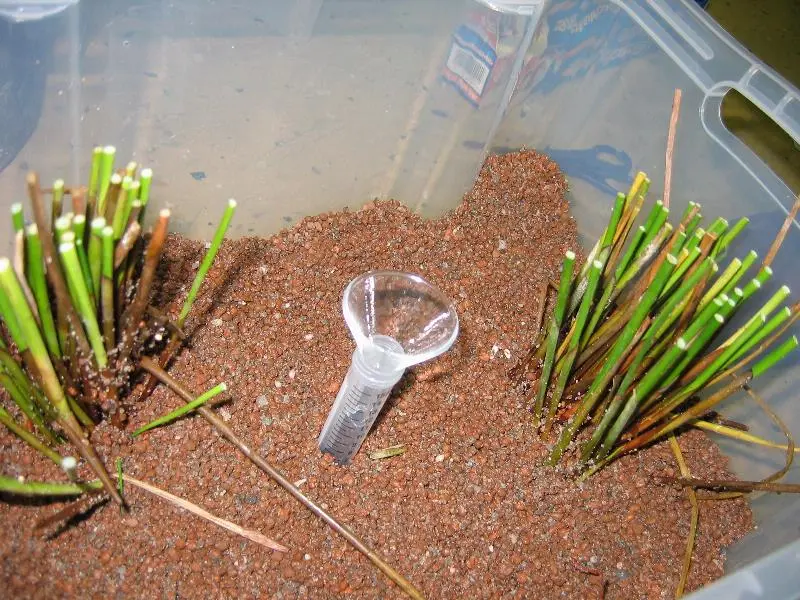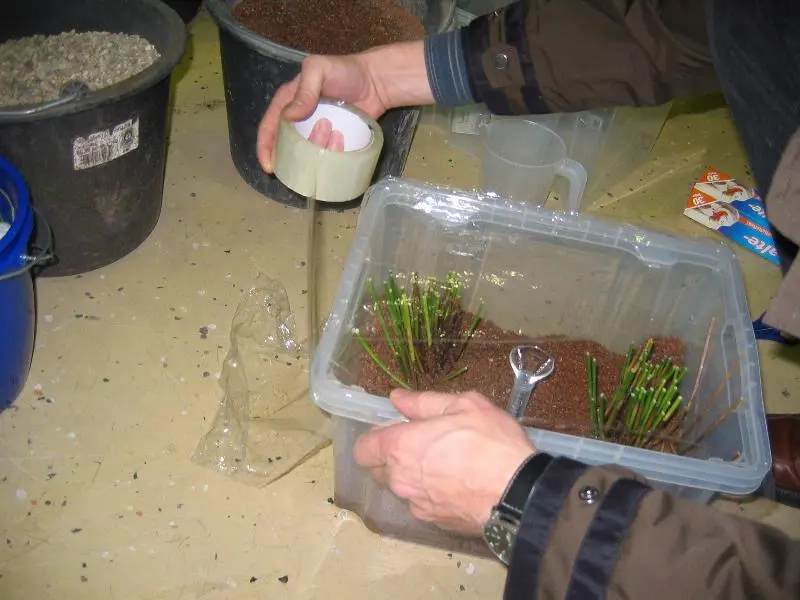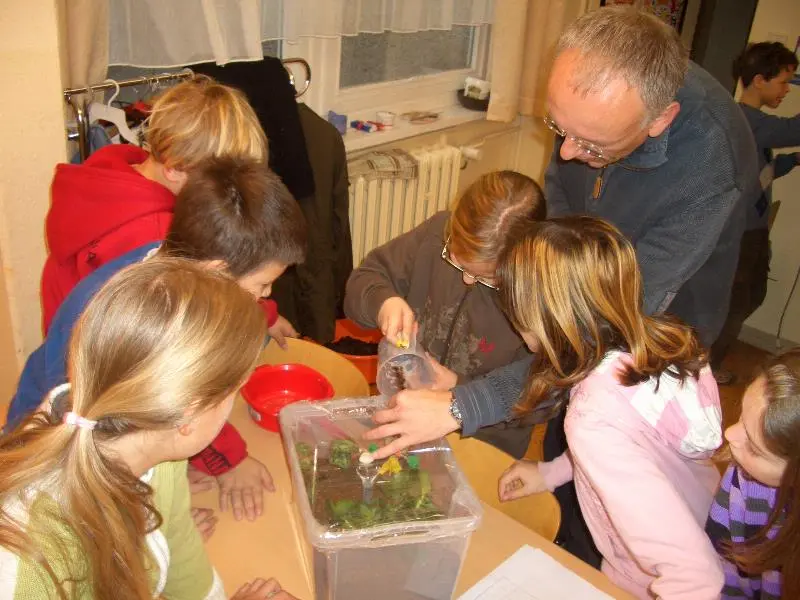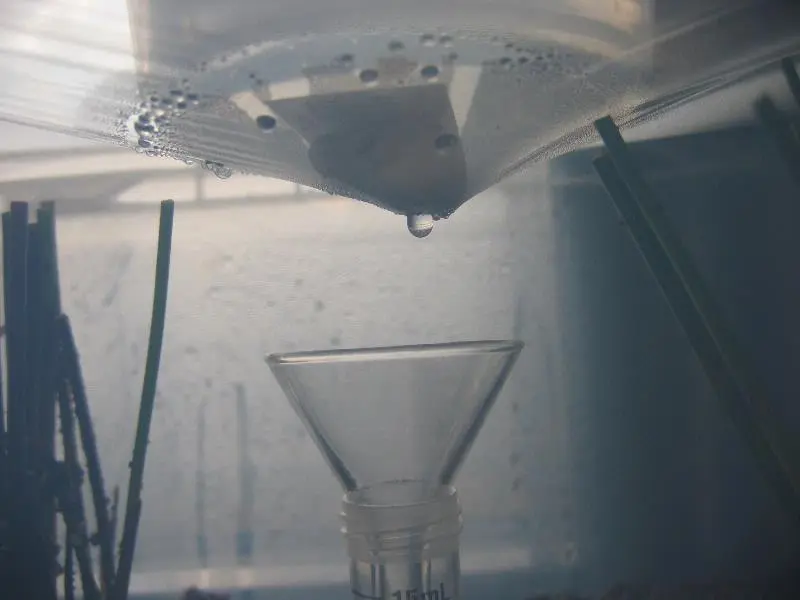Introduction into the water cycle
The amount of water on the earth is constant. Water neither gets lost to space, nor is it replenished from outside the planet. It runs in a continuous cycle that is driven by the sun. If water travels, it must also get very dirty on the way. Why is it then, that we can always find clean water? This experiment will provide the answers.
Learning goals
- Students understand the global water cycle as a closed system. They learn that on its way in the cycle water gets polluted and is cleaned by natural processes.
- The lesson will improve pupils' ecological knowledge on major water cleaning mechanisms.
Background information
More than half of the rain evapotranspirates. The rest percolates into the ground and becomes groundwater, which flows very slowly underground until it resurfaces as wells. Evaporation, transpiration by plants and filtration are all mechanisms to clean water. When water becomes dirty from particles and dissolved substances, evaporation and transpiration separate solid and dissolved compounds from the water. The same is true for a healthy soil that also cleans water. The soil is made up of many different layers, such as sand, gravel and clay. On its way through the ground, the water runs through all these layers and particles contained in the water are held back. The soil filters the water. Other substances are «eaten» by bacteria that live in the soil.
Time requirement
- Preparation time: 25 min
- Teaching time: 1 hour
Material requirement
Evapotranspiration -Soil filter
- 1 transparent plastic box (10 L)
- 3-5 stones
- 5L of sand or expanded clay
- 1L of soil
- 1 plastic foil
- 1 test tube (5 cm high)
- 1 funnel (5 cm)
- 1 plastic buckets (10 L)
- 1 roll adhesive tape
- plants: e.g. indoor plants
- additional equipment (scissors, pen, sponge, towel, paper, etc.)
- artificial wastewater (see experiment «Wastewater Analysis»)
Soil filter
- 1 plastic bottle
- 1 measuring cup
- 1 plastic bucket
- gravel (2-5 cm)
- gravel (0.2-2 cm)
- sand (0-1 mm)
- straw
- wood chips
- artificial wastewater (see experiment «Wastewater Analysis»)
Let's start
Introduction game: The game refers to the water cycle as a whole. Put a drop of water on the front desk. Take playing cards like illustrated in the following figure and explain that students have to imagine a journey of this water drop. Each playing card gives the next destination of the drop of water and the pupils should imagine how the drop of water reaches this destination.
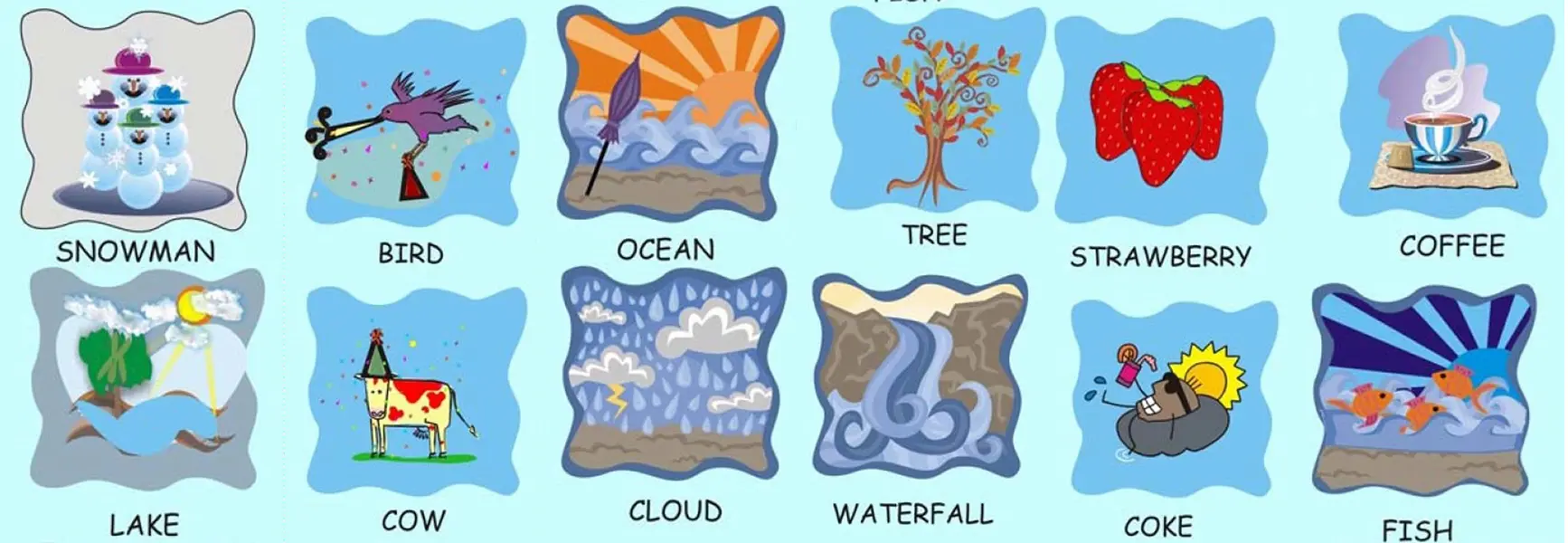
Soil filter: Carefully cut out the bottom of the plastic bottles. Fill the bottles with the filter materials you think will best clean the water. Wash the filters with clear water until the outlet is clear. Take 500 mL of artificial wastewater and pour it onto the filter. Collect the effluent and compare it with the wastewater or use the set of methods for water analysis (see experiment «Wastewater analysis»).
Evapotranspiration box: Fill the box with the mixture of sand and soil (10 cm high). Add the plants and place the test tube with the funnel in the center of the box. Fill in 1 L of artificial wastewater. Close the box hermetically with plastic foil and adhesive tape. Gently push the plastic film towards the funnel and and weigh it down with the one or two stones. Place the evapotranspiration box close to the window and observe the processes in the box.
See and feel
- Water movement in the box
- Color change in the box
Didactical comments
This activity shall help the students to understand that the global water cycle is a closed system and that water can change its physical state from vapour to liquid. The experiment demonstrates that water is a component of living organisms (such as plants) and that evaporation and soil percolation are natural cleaning processes for water.
